Home>Gardening & Outdoor>Landscaping Ideas>How To Plant A Desert Wildflower Garden
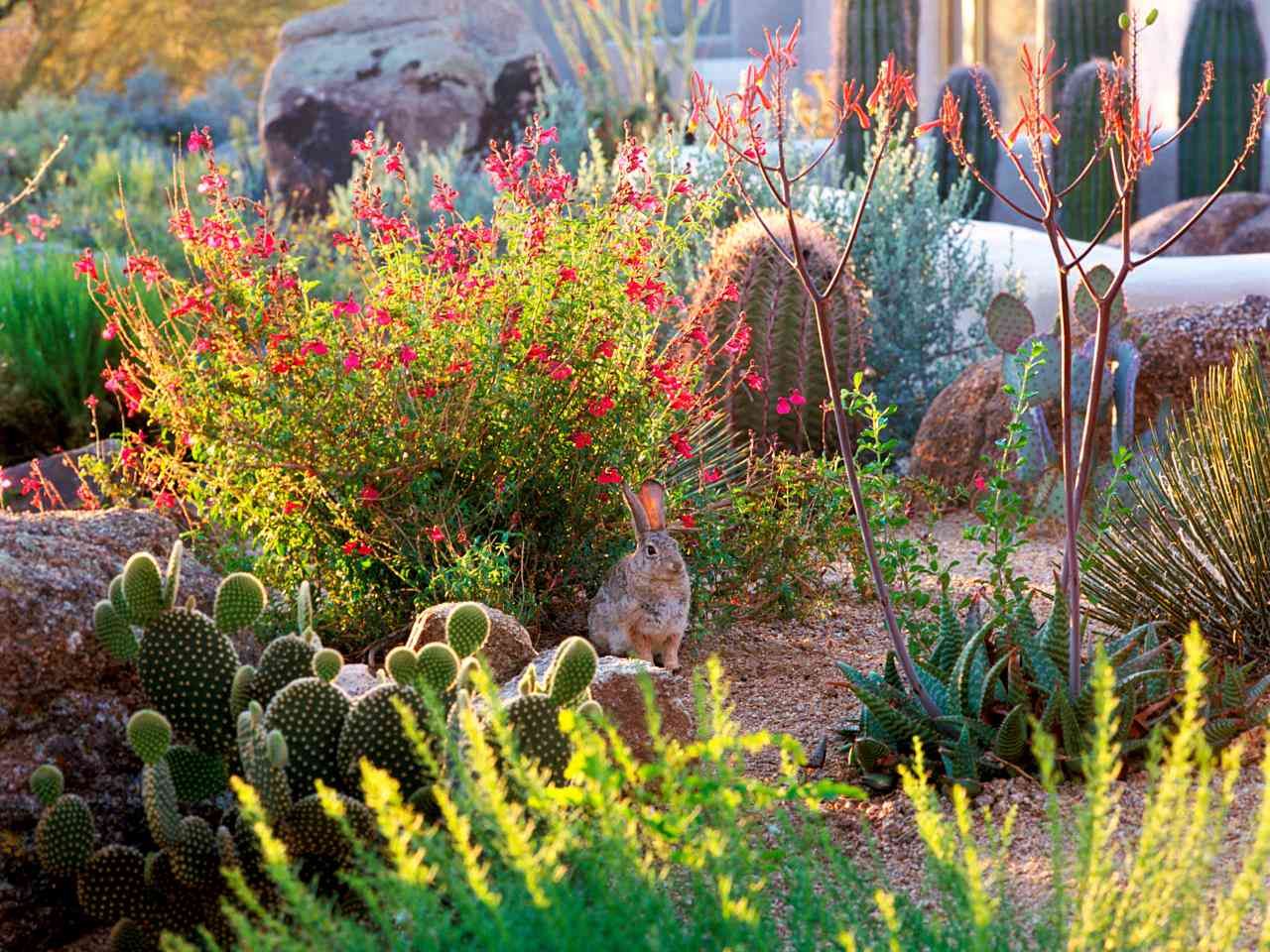

Landscaping Ideas
How To Plant A Desert Wildflower Garden
Modified: January 5, 2024
Learn how to create a stunning desert wildflower garden with our expert landscaping ideas. Discover the best tips for planting and maintaining a beautiful and vibrant desert landscape. Start your project today!
(Many of the links in this article redirect to a specific reviewed product. Your purchase of these products through affiliate links helps to generate commission for Storables.com, at no extra cost. Learn more)
Introduction
So, you've been dreaming of a vibrant and picturesque garden, one that bursts with life and color, even in the arid and challenging conditions of the desert. Well, dream no more, because with the right knowledge and a touch of creativity, you can turn that vision into a stunning reality. Planting a desert wildflower garden is a wonderful way to embrace the unique beauty of the desert landscape while introducing an array of captivating colors and textures to your surroundings.
In this guide, you'll discover the essential steps to create a flourishing desert wildflower garden that not only survives but thrives in the harsh desert environment. From selecting the perfect location to choosing the right wildflowers and providing the necessary care, each stage of the process is crucial in cultivating a successful and visually enchanting garden. Whether you're a seasoned gardener or a novice with a green thumb, the allure of a desert wildflower garden is undeniable, and the rewards are boundless.
Get ready to embark on a journey that will not only transform your outdoor space but also invigorate your connection with nature. Embrace the challenge, unleash your creativity, and prepare to witness the awe-inspiring beauty of a flourishing desert wildflower garden. It's time to roll up your sleeves, dig into the earth, and bring a burst of vibrant life to the desert landscape. Let's dive in and uncover the secrets to planting a breathtaking desert wildflower garden.
Key Takeaways:
- Embrace the challenge of creating a vibrant desert wildflower garden by choosing native, drought-tolerant wildflowers and preparing the soil for optimal growth. Enjoy the beauty and tranquility of your flourishing garden while conserving precious resources.
- Select the perfect location for your desert wildflower garden, ensuring ample sunlight, well-draining soil, wind protection, and accessibility to water. Plant and maintain your garden with care, celebrating the unique beauty of the desert landscape.
Read more: What Eats A Desert Wildflower
Choosing the Right Location
When it comes to planting a desert wildflower garden, the first and most crucial step is selecting the perfect location. The desert environment presents unique challenges, including intense sunlight, limited water availability, and poor soil quality. Therefore, it is essential to choose a spot that meets the specific needs of wildflowers while harnessing the natural elements of the desert.
Here are some key factors to consider when choosing the right location for your desert wildflower garden:
- Sunlight: Wildflowers thrive in sunlight, so select an area that receives ample sunshine throughout the day. Avoid spots that are shaded by buildings or large trees, as these can hinder the growth and blooming of wildflowers.
- Soil Drainage: Desert wildflowers require well-draining soil to prevent waterlogging, which can be detrimental to their growth. Look for an area with sandy or gravelly soil that allows water to permeate easily.
- Protection from Wind: While desert landscapes are known for their windy conditions, excessive wind can damage delicate wildflowers. Consider planting your garden near a natural windbreak, such as a rock formation or a building, to shield the flowers from strong gusts.
- Accessibility to Water: Although wildflowers in the desert are adapted to drought conditions, access to water is still essential, especially during the establishment phase. Ensure that the chosen location is within reach of a water source for easy irrigation.
By carefully assessing these factors, you can identify an optimal location that provides the best possible growing conditions for your desert wildflower garden. Remember, the right location sets the stage for a flourishing and resilient garden that will captivate with its natural beauty.
Selecting the Wildflowers
Choosing the right wildflowers is a pivotal step in creating a captivating and sustainable desert garden. The selection process involves considering not only the visual appeal of the flowers but also their compatibility with the harsh desert environment. Here are some essential tips for selecting the perfect wildflowers for your desert garden:
- Native Species: Opt for wildflowers that are native to the desert region. These plants have evolved to thrive in the specific climate, soil, and water conditions of the desert, making them well-suited for your garden.
- Drought-Tolerant Varieties: Look for wildflowers known for their drought tolerance. These resilient plants can withstand prolonged periods of limited water, a characteristic essential for survival in the desert environment.
- Color Palette: Consider the color scheme you envision for your garden. Desert wildflowers come in a stunning array of hues, from vibrant yellows and oranges to soft pinks and purples. Select a diverse mix of colors to create a visually captivating and dynamic landscape.
- Blooming Seasons: Choose wildflowers that bloom at different times throughout the year. This ensures that your garden remains vibrant and colorful across seasons, offering ever-changing displays of floral beauty.
- Low-Maintenance Varieties: Prioritize wildflowers that require minimal upkeep and are well-adapted to the desert environment. Selecting low-maintenance varieties can simplify the care and maintenance of your garden while promoting its long-term sustainability.
Before making your final selections, research the specific wildflowers that thrive in your local desert ecosystem. Consider consulting with local nurseries, botanical gardens, or horticultural experts who can provide valuable insights into the best wildflower species for your garden. By thoughtfully curating a diverse and resilient selection of wildflowers, you can set the stage for a thriving and visually captivating desert garden that celebrates the unique beauty of the arid landscape.
Preparing the Soil
Creating the ideal growing environment for your desert wildflower garden begins with preparing the soil. In the desert, soil conditions can be challenging, often characterized by poor fertility and a high sand or clay content. However, with proper soil preparation, you can optimize the growing conditions for your wildflowers and lay the groundwork for a flourishing garden.
Here are essential steps to prepare the soil for your desert wildflower garden:
- Soil Testing: Start by conducting a soil test to assess its pH levels, nutrient content, and texture. This information will guide you in determining the necessary amendments to improve the soil quality for wildflower growth.
- Amending the Soil: Based on the soil test results, amend the soil as needed. Adding organic matter, such as compost or well-rotted manure, can enhance soil fertility and structure, promoting better water retention and nutrient availability for the wildflowers.
- Soil Aeration: Loosen compacted soil to improve aeration and drainage. Use a garden fork or a mechanical aerator to gently break up the soil, allowing air, water, and nutrients to penetrate more effectively.
- Weed Removal: Clear the area of weeds and unwanted vegetation to reduce competition for resources and create a clean slate for your wildflowers to thrive.
- Mulching: Consider applying a layer of organic mulch, such as straw or wood chips, to the soil surface. Mulch helps conserve moisture, suppresses weed growth, and moderates soil temperature, benefiting the overall health of your wildflower garden.
By investing time and effort in soil preparation, you can create an optimal foundation for your desert wildflower garden, setting the stage for robust and vibrant plant growth. Remember, healthy soil is the cornerstone of a flourishing garden, providing essential support for the wildflowers as they establish and thrive in the desert landscape.
Choose native desert wildflowers for your garden to ensure they can thrive in the harsh conditions. Look for species like desert marigold, brittlebush, and penstemon.
Planting the Wildflowers
As you embark on the exciting journey of planting your desert wildflower garden, the process of sowing and nurturing your chosen wildflowers requires careful attention and consideration. By following the best practices for planting wildflowers in the desert environment, you can ensure the successful establishment and long-term vitality of your garden.
Here are the essential steps for planting wildflowers in the desert:
- Timing: Choose the appropriate time for planting based on the specific wildflower species. Some wildflowers thrive when sown in the fall, while others prefer spring planting. Research the ideal planting times for each type of wildflower to maximize their chances of successful growth.
- Seed Preparation: If you are using seeds, prepare them for planting according to the recommended methods. Some seeds may benefit from scarification or stratification processes to enhance germination rates, especially for species adapted to the desert climate.
- Planting Depth: Follow the guidelines for planting depth provided for each wildflower species. In the desert, seeds should be sown at a depth that protects them from extreme heat and ensures proper soil contact for germination.
- Spacing: Space the wildflower seeds or seedlings according to their specific growth requirements. Adequate spacing allows each plant to access essential resources and reduces competition for water and nutrients in the arid environment.
- Irrigation: After planting, provide sufficient moisture to support the initial growth of the wildflowers. Be mindful of the water needs of each species and adjust your irrigation practices accordingly to promote healthy establishment.
Whether you are sowing seeds or transplanting seedlings, approach the planting process with patience and attentiveness, ensuring that each wildflower receives the care and conditions it needs to thrive in the desert landscape. By employing proper planting techniques and considering the unique requirements of desert-adapted wildflowers, you can set the stage for a vibrant and resilient garden that flourishes in the arid environment.
Read more: How Long Can A Desert Wildflower Live
Watering and Maintenance
Watering and maintenance are crucial aspects of nurturing a thriving desert wildflower garden. In the arid environment, wildflowers require strategic irrigation and minimal but essential upkeep to support their growth and resilience. By implementing mindful watering practices and targeted maintenance efforts, you can sustain the beauty and vitality of your desert garden while conserving precious resources.
Here are key considerations for watering and maintaining your desert wildflower garden:
- Irrigation: Develop a watering schedule that aligns with the water needs of your wildflowers and the natural precipitation patterns in the desert. Consider utilizing drip irrigation or soaker hoses to deliver water directly to the plant roots, minimizing evaporation and water waste.
- Monitoring Soil Moisture: Regularly assess the moisture levels in the soil to determine when and how much to water. Avoid overwatering, as excessive moisture can be detrimental to desert wildflowers, leading to root rot and other issues. Strive to strike a balance that provides adequate hydration without waterlogging the soil.
- Weeding and Pruning: Keep your wildflower garden free of weeds that can compete for resources and overshadow the delicate wildflowers. Additionally, selectively prune any spent blooms or damaged foliage to promote continued flowering and maintain the overall health of the plants.
- Fertilization: While desert-adapted wildflowers are resilient in low-nutrient environments, occasional fertilization with a balanced, slow-release fertilizer can support their long-term vigor. Apply fertilizers sparingly and according to the specific needs of the wildflowers to avoid overstimulation and excessive growth.
- Pest and Disease Management: Monitor your wildflowers for signs of pests or diseases and take prompt action if issues arise. Employ natural pest control methods and environmentally friendly remedies to safeguard the health of your garden without disrupting the delicate balance of the desert ecosystem.
By approaching watering and maintenance with care and mindfulness, you can foster a flourishing desert wildflower garden that harmonizes with the natural rhythms of the arid landscape. Embrace the opportunity to nurture and steward the beauty of your garden, knowing that your efforts contribute to the preservation of the unique and resilient wildflowers that grace the desert environment.
Enjoying Your Desert Wildflower Garden
As your desert wildflower garden blossoms and evolves, it becomes a source of joy, inspiration, and connection with the natural world. Embracing the beauty and tranquility of your garden while savoring the unique attributes of the desert landscape is a gratifying experience. Here are some ways to fully enjoy and appreciate your desert wildflower garden:
- Observation and Contemplation: Take time to observe the intricate details of your wildflowers, from the delicate petals to the bustling activity of pollinators. Sit amidst your garden, allowing yourself to be immersed in its serene and captivating presence.
- Photography and Artistry: Capture the stunning colors and textures of your wildflowers through photography or artistic expression. Create lasting memories and visual mementos that celebrate the ephemeral beauty of your desert garden.
- Education and Sharing: Share your knowledge and experiences with others who are inspired by the allure of desert wildflowers. Engage in conversations, workshops, or educational initiatives that promote the appreciation and conservation of native wildflower species.
- Seasonal Celebrations: Embrace the changing seasons in your desert garden, celebrating the unique blooms and transformations that occur throughout the year. Host gatherings or events that honor the cyclical beauty of your wildflower landscape.
- Reflection and Gratitude: Cultivate a sense of gratitude for the resilience and adaptability of desert wildflowers. Reflect on the lessons of patience, perseverance, and natural harmony that your garden imparts.
By engaging with your desert wildflower garden on multiple levels, you can deepen your connection to the land, the native flora, and the captivating spirit of the desert. Embrace the opportunity to savor the tranquility, inspiration, and wonder that your garden offers, knowing that its beauty enriches not only your life but also the delicate ecosystem of the desert.
Frequently Asked Questions about How To Plant A Desert Wildflower Garden
Was this page helpful?
At Storables.com, we guarantee accurate and reliable information. Our content, validated by Expert Board Contributors, is crafted following stringent Editorial Policies. We're committed to providing you with well-researched, expert-backed insights for all your informational needs.
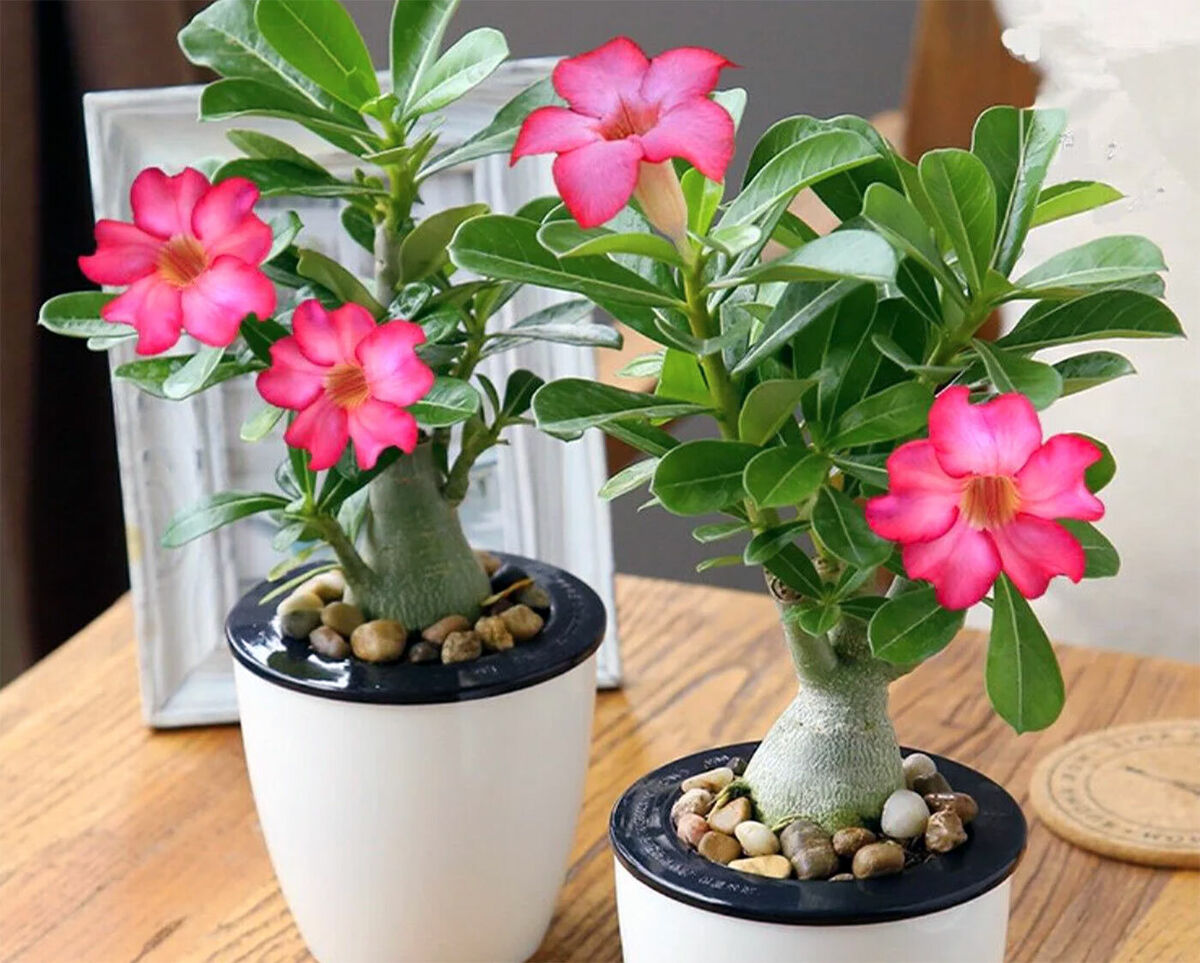
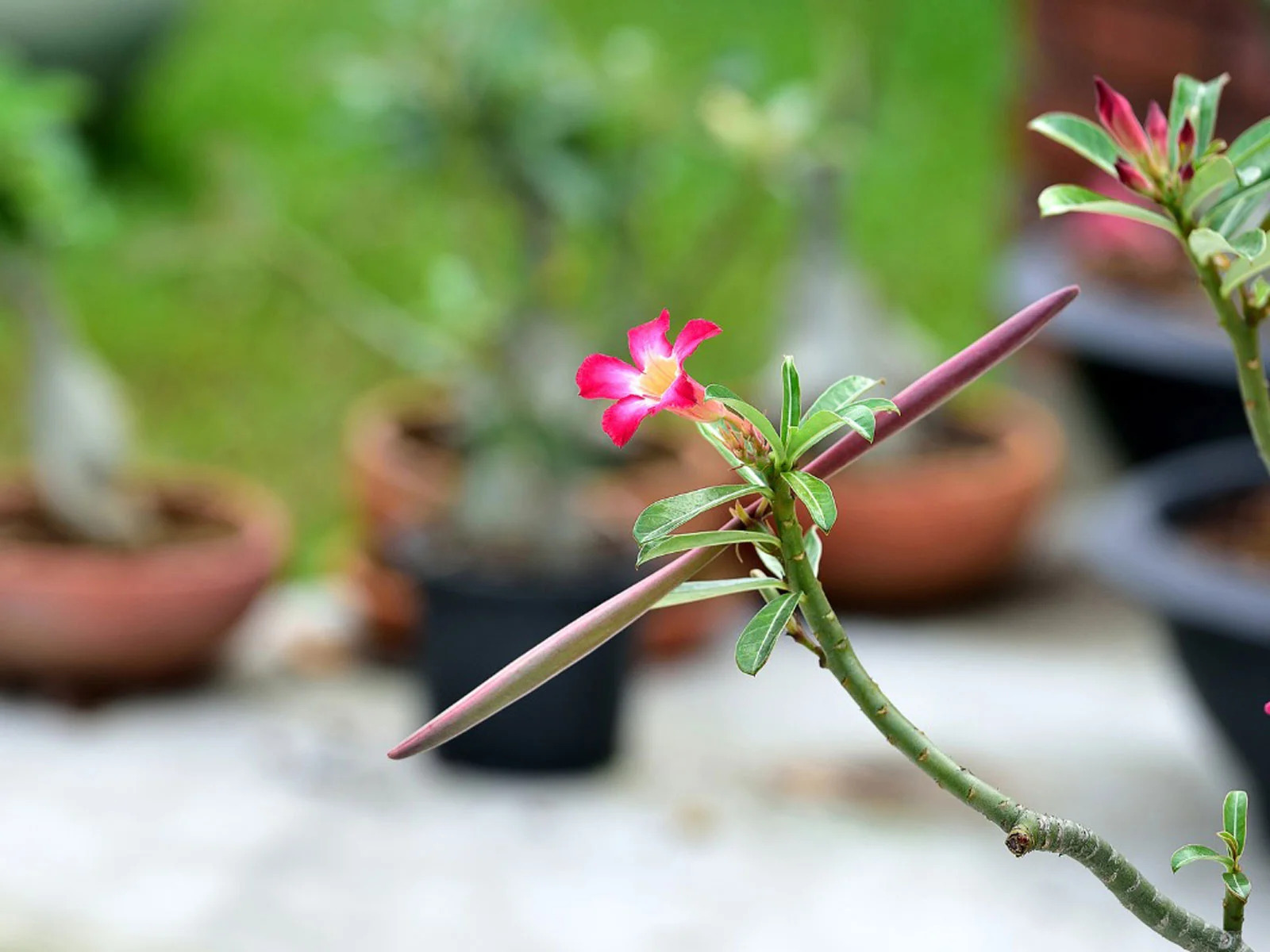
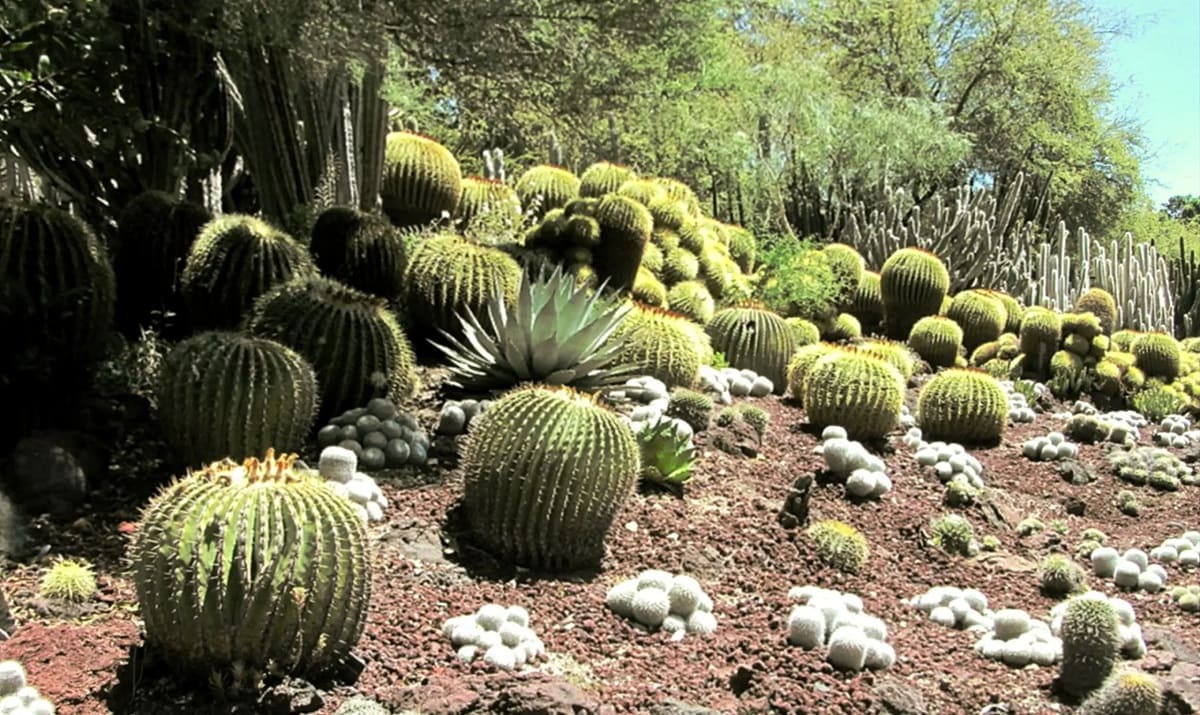
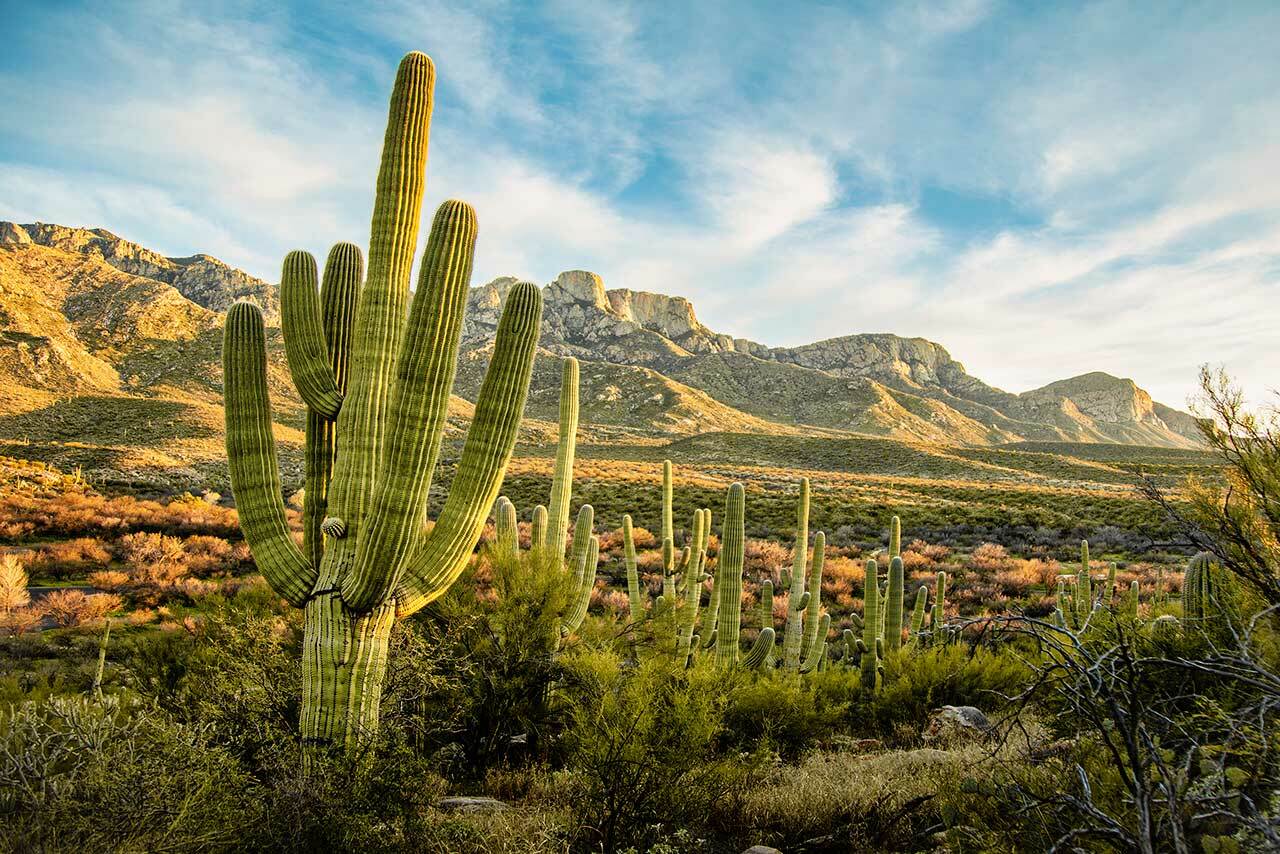
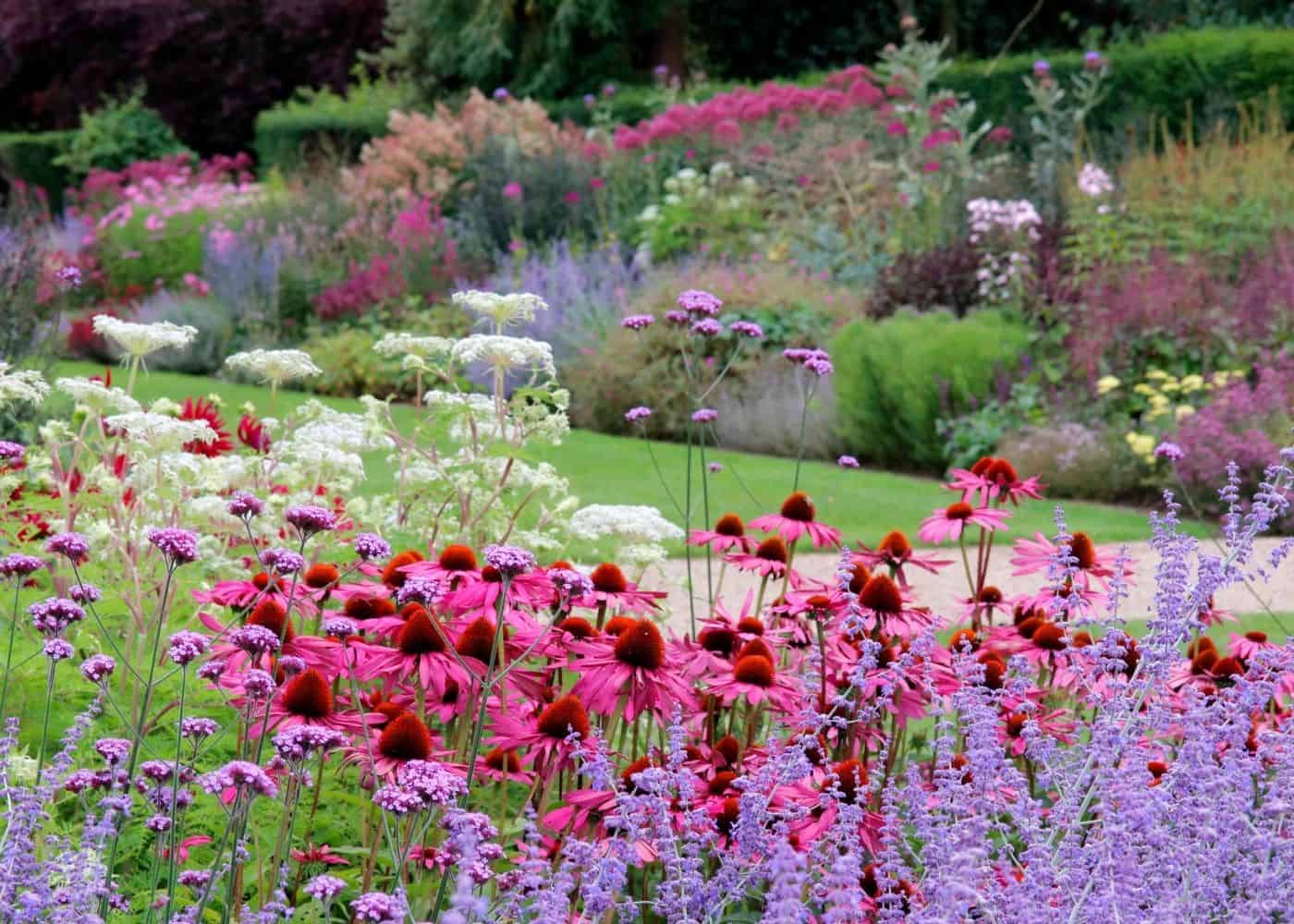
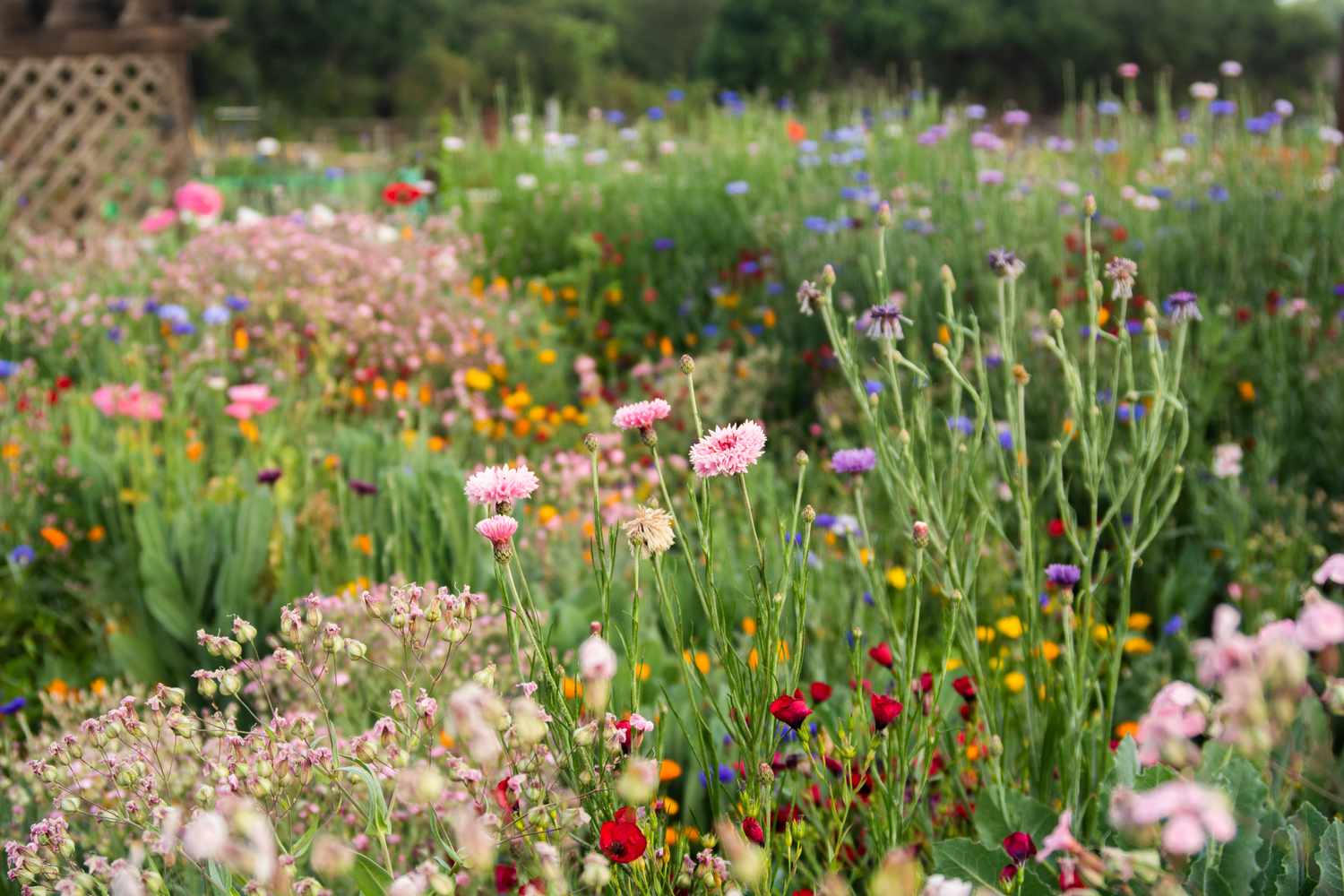
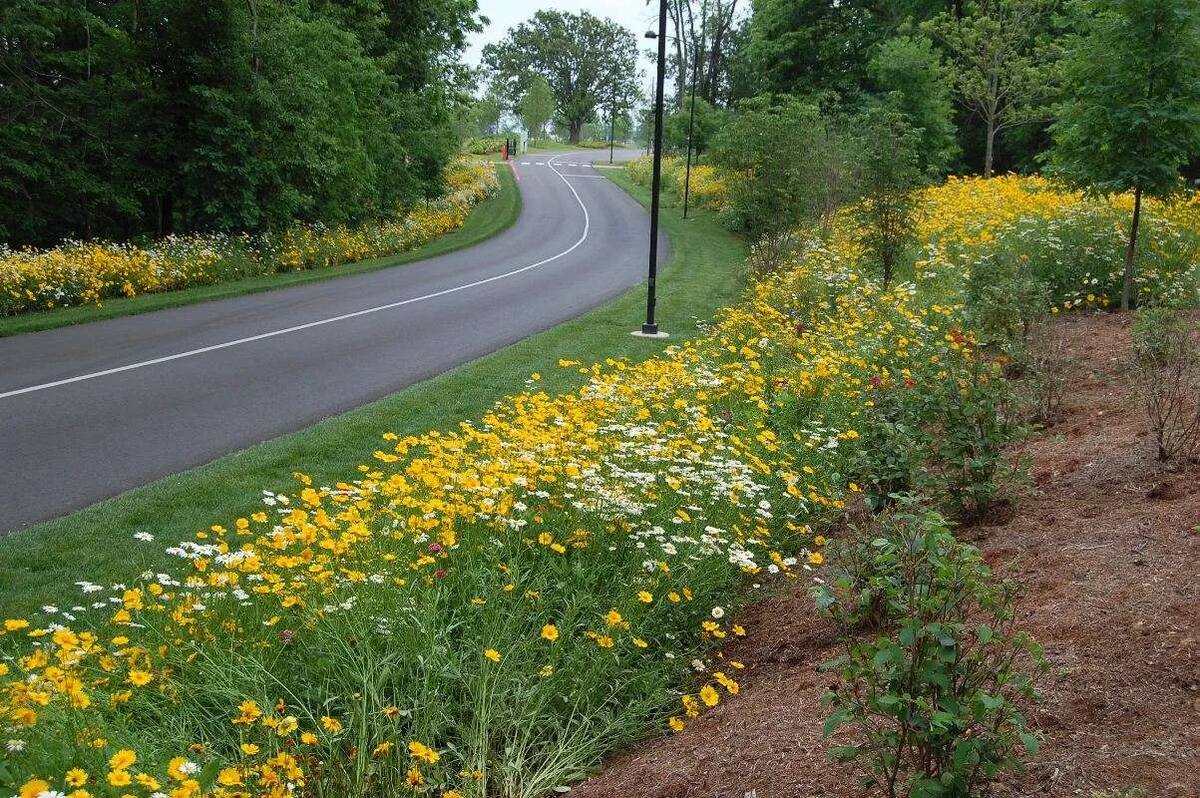
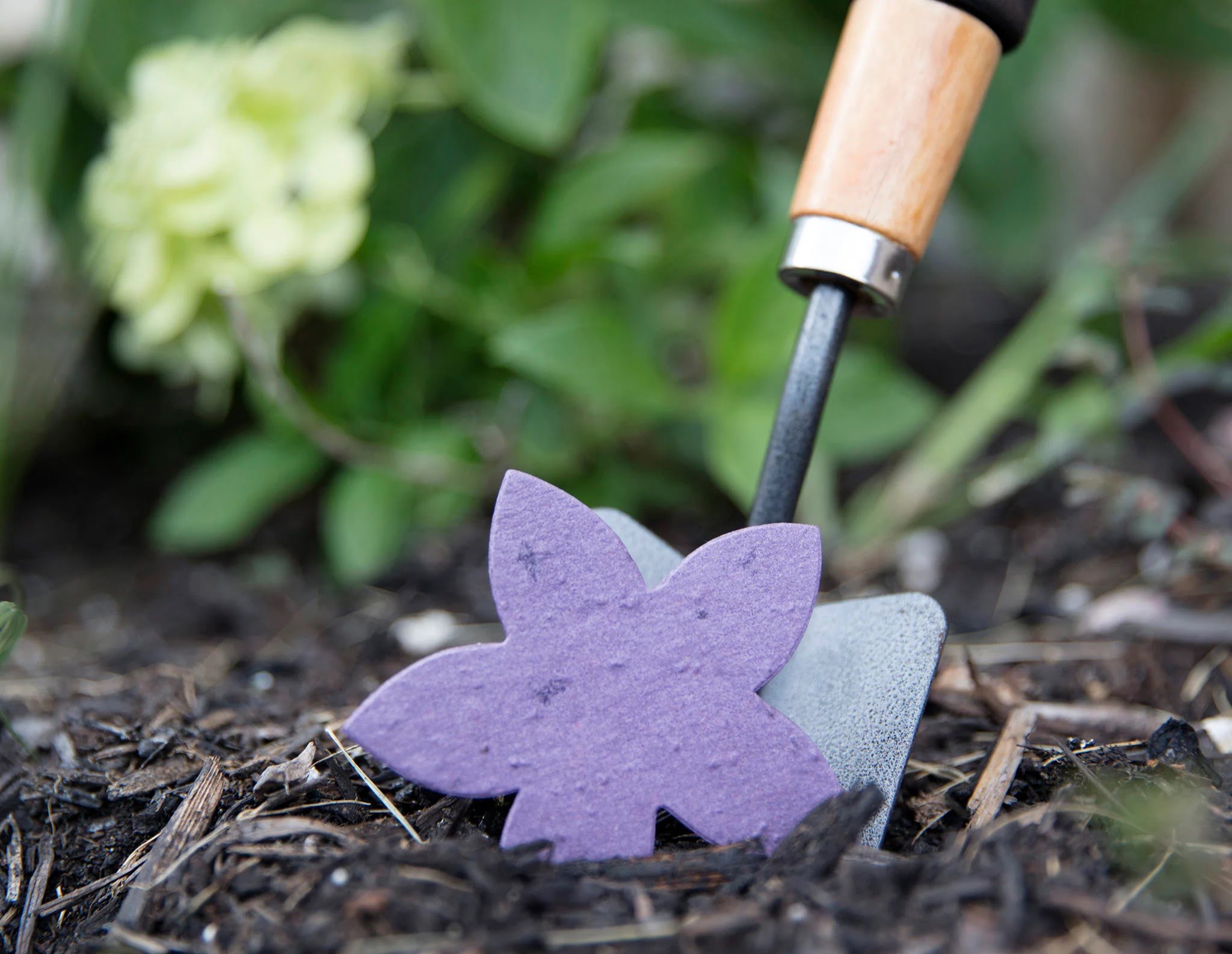
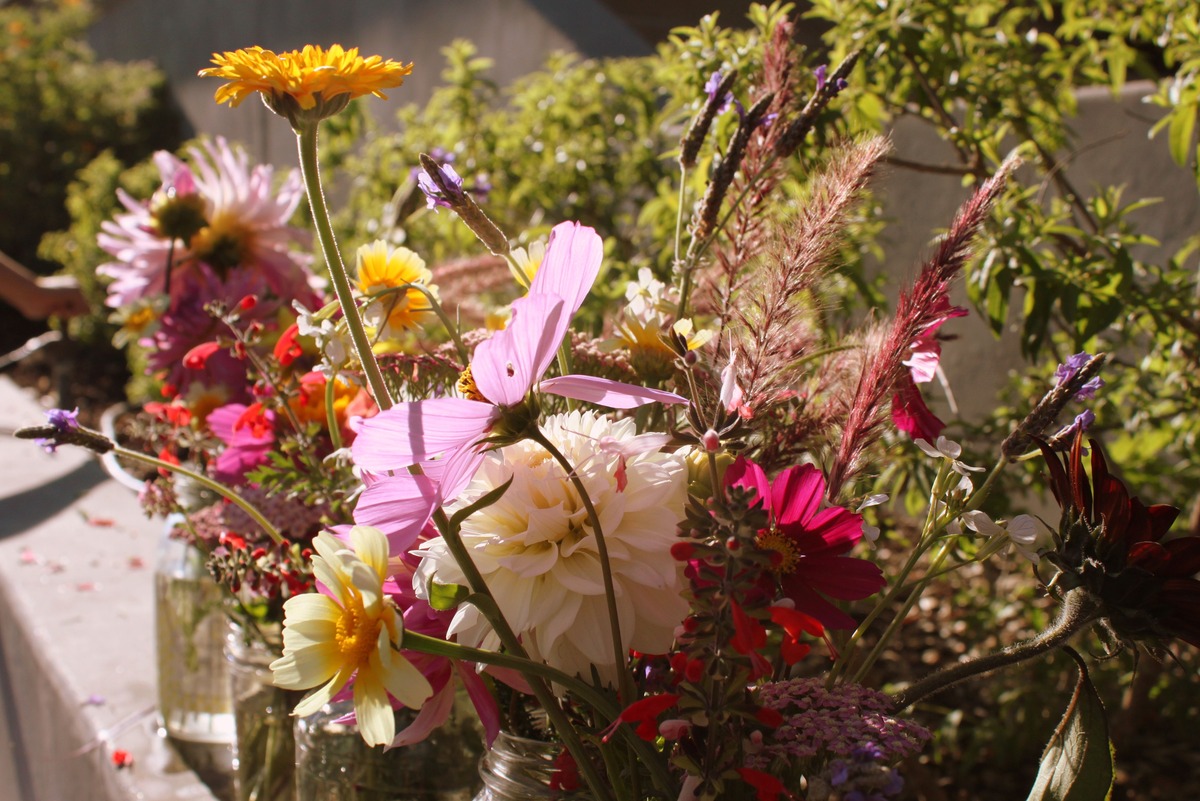
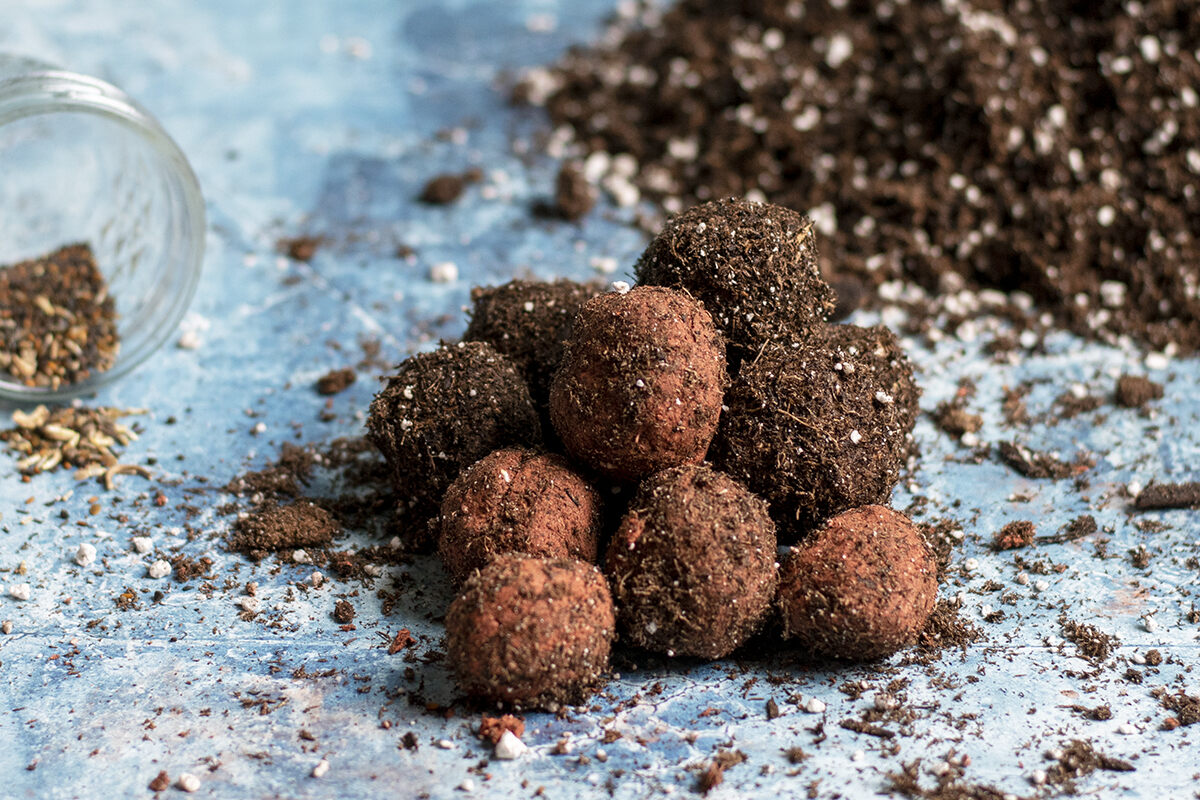
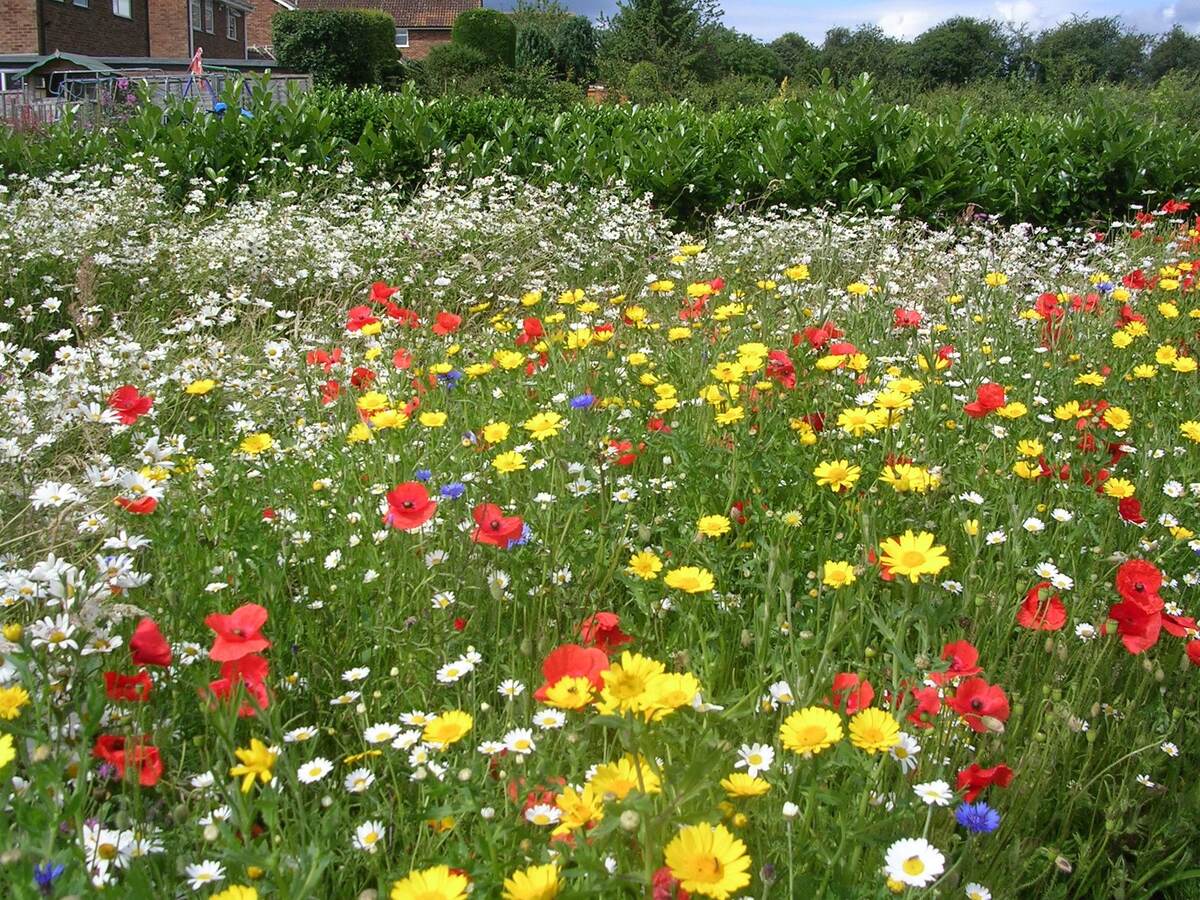
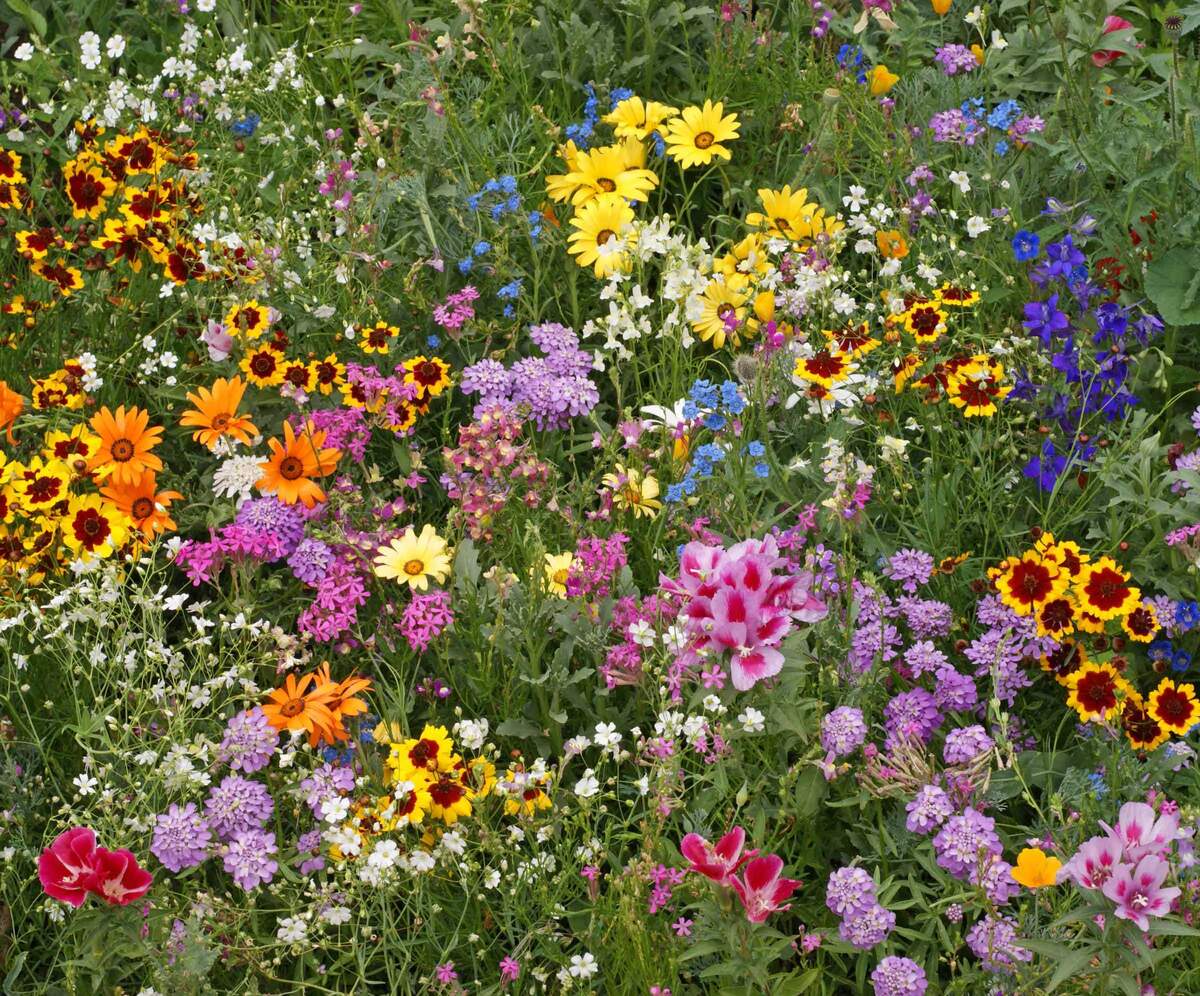
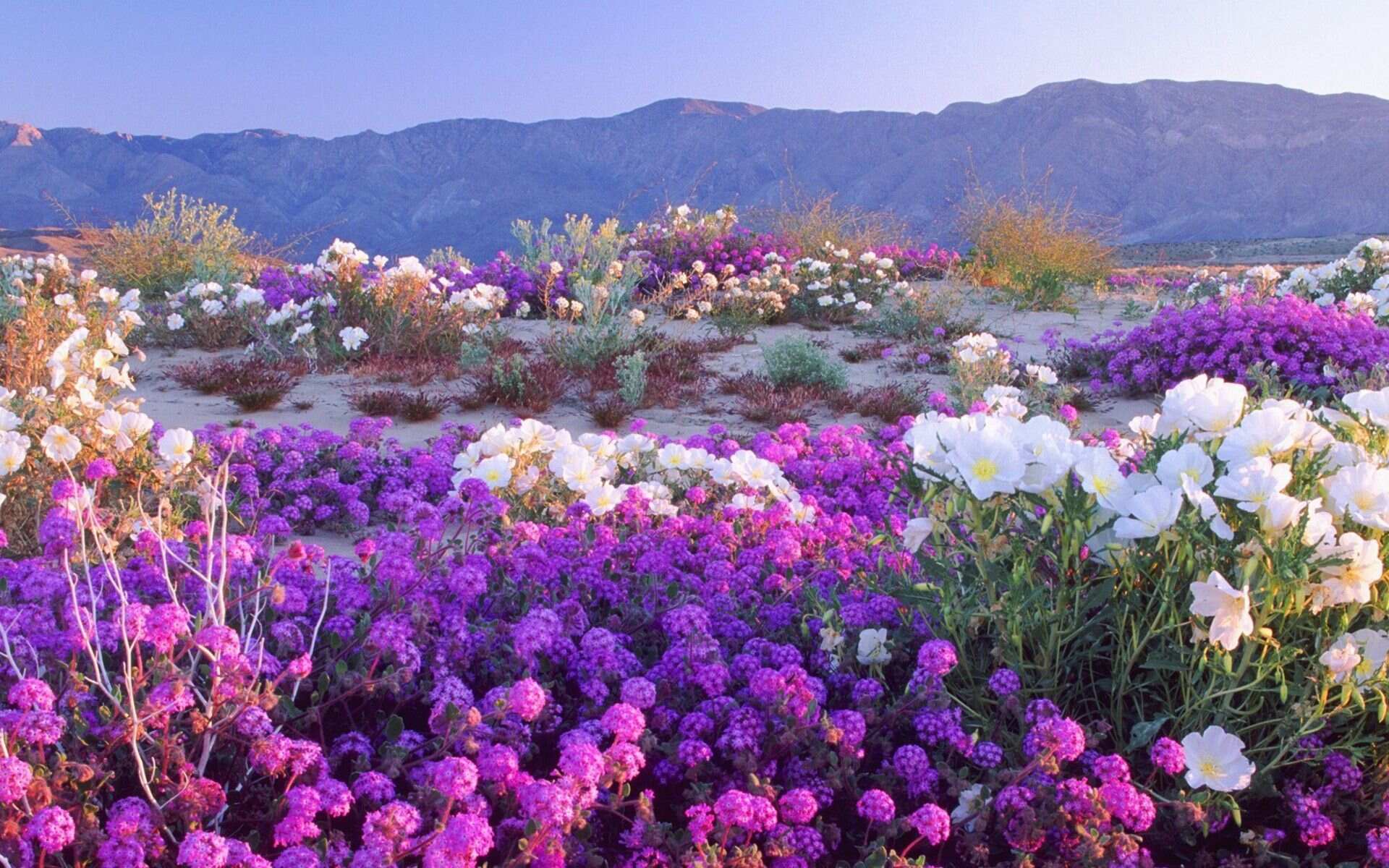
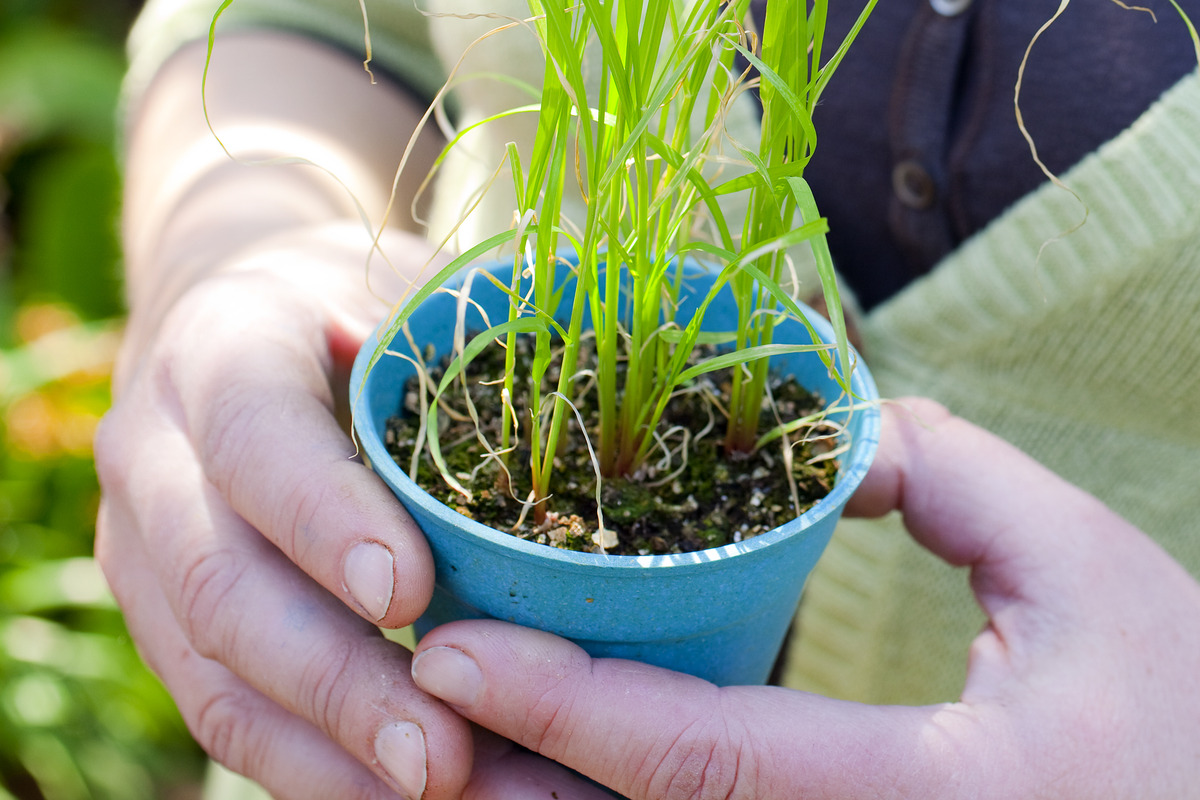

0 thoughts on “How To Plant A Desert Wildflower Garden”